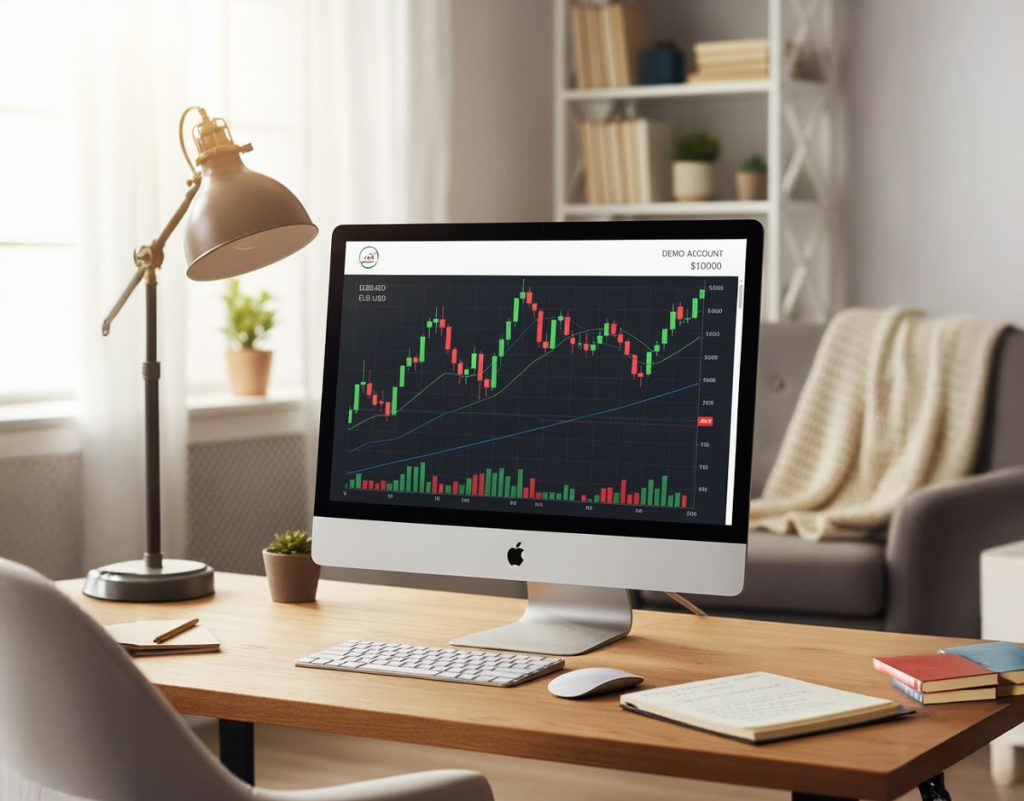Foreign exchange—commonly known as Forex—is the world’s largest and most liquid financial market, where currencies are traded 24 hours a day. For beginners, it’s both an exciting and complex world filled with opportunity, volatility, and constant motion. Understanding how Forex works and how to approach it strategically can transform confusion into confidence.
Understanding the Forex Market
At its core, Forex trading is the act of exchanging one currency for another with the goal of profiting from fluctuations in exchange rates. Currencies are traded in pairs—like EUR/USD or USD/JPY—where the first is the base currency and the second is the quote currency.
What sets Forex apart is its scale: over $7 trillion changes hands daily, driven by banks, corporations, governments, and retail traders.
How Forex Trading Works
Forex operates through a decentralized network of brokers and financial institutions rather than a centralized exchange. Prices are determined by global supply and demand dynamics. Key elements include:

- Currency pairs: The value of one currency relative to another (e.g., EUR/USD = 1.08 means €1 = $1.08).
- Leverage: A powerful tool that allows traders to control large positions with smaller capital—but also magnifies risk.
- Pips and lots: The smallest unit of price movement (pip) and the standardized trade size (lot).
- Bid/ask spread: The difference between buying and selling prices, representing a broker’s fee.
Getting Started: Steps for Beginners
- Learn the Basics – Understand currency pairs, chart reading, and how global events affect exchange rates.
- Choose a Reputable Broker – Look for regulation, transparent fees, and reliable trading platforms.
- Open a Demo Account – Practice trading with virtual funds before risking real capital.
- Develop a Strategy – Focus on technical analysis, fundamental analysis, or a blend of both.
- Start Small – Begin with manageable positions and learn to manage emotions and risk.
Popular Trading Strategies
- Scalping: Quick trades seeking small profits from minor price changes.
- Day Trading: Opening and closing positions within the same day.
- Swing Trading: Capturing short-to-medium-term moves over several days or weeks.
- Position Trading: Long-term strategy based on macroeconomic trends.
Each approach demands discipline, patience, and a deep understanding of market psychology.
Risk Management and Psychology
The key to longevity in Forex isn’t just strategy—it’s emotional control. Successful traders master:

- Risk-per-trade limits (usually 1–2% of account balance).
- Stop-loss and take-profit orders to automate exits.
- Patience and consistency in executing plans without impulsive moves.
Forex trading is as much a psychological game as a financial one—fear and greed are constant tests.
Tools of the Trade
Modern Forex platforms offer charts, indicators, and automation tools. Beginners should focus on learning core analysis tools first:
- Technical indicators like RSI, MACD, and moving averages.
- Economic calendars tracking global news and central bank announcements.
- Trading journals for performance review and improvement.

The Takeaway
Forex offers endless opportunity, but it rewards knowledge and caution over speed and speculation. Start with education, practice diligently, and treat trading as a disciplined craft—not a gamble.
MarketMind Insight – The true edge in Forex isn’t predicting the market—it’s mastering yourself and your strategy.

Leave a Reply